After completing the Rees Dart Track over the Christmas break we had time to fit in one more overnight trip before heading back home. After a lovely evening in Glenorchy getting cleaned up and enjoying a delicious tasting menu at one of the lodges, the next day we set out towards the southern end of Lake Wakatipu, the big lake near Queenstown.

Our first stop was in the Wye Creek area, about halfway down the lake. I had seen some photos from the area with nice views out over the lake, and with the promise of an intriguing power generation system to take a look at, Eric was also willing to make the climb.
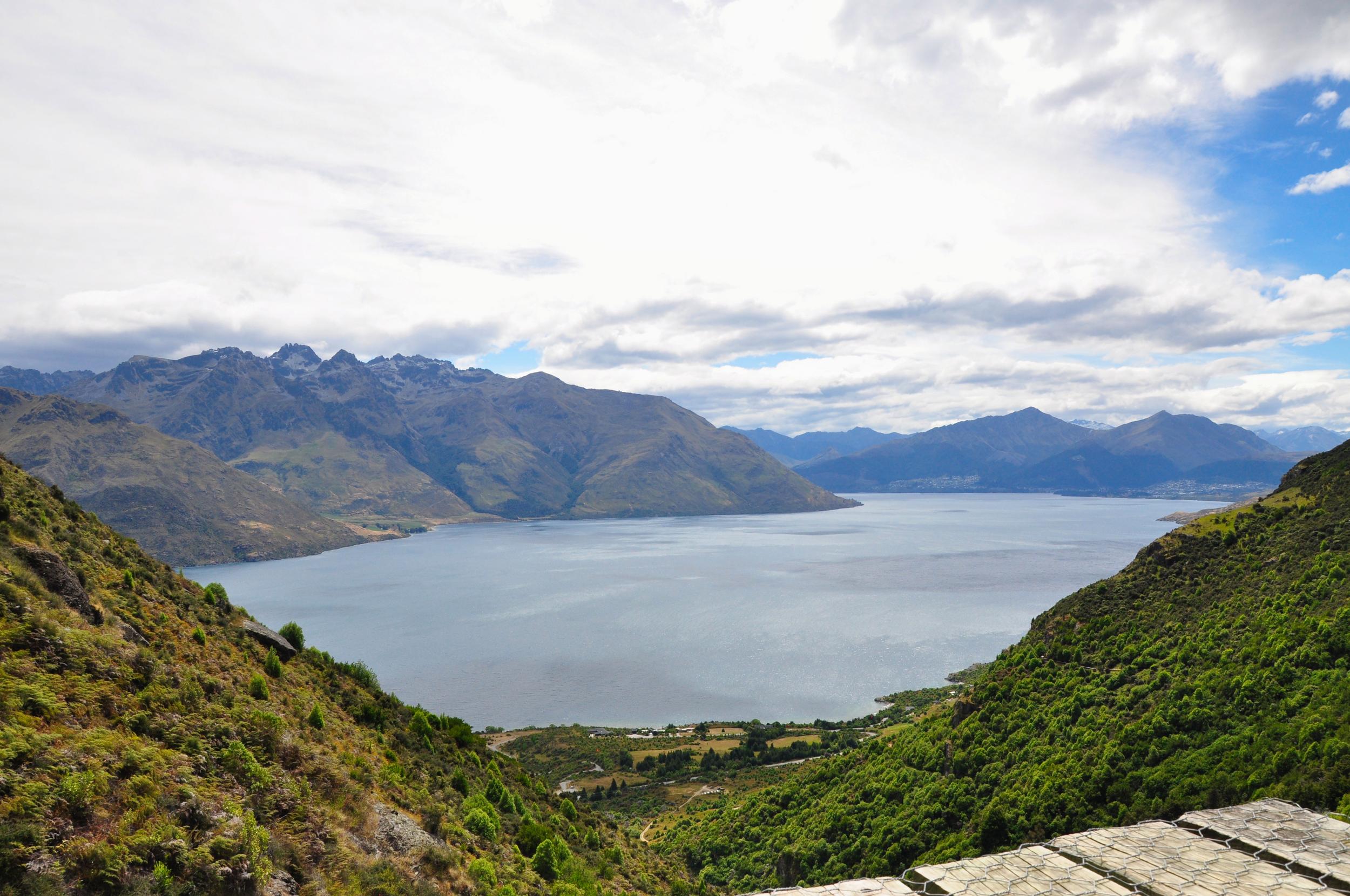
The short, but steep track follows some old metal piping up the hillside before coming to a small hydro-electric power station. The Wye Creek plant was originally built in the late 1920s by the Golden Terrace Extended Gold Dredging Company, and after a series of sales and upgrades still provides around 9GWh to the grid. After balancing along the water supply pipes we came to a rather convenient wooden platform overlooking the lake.
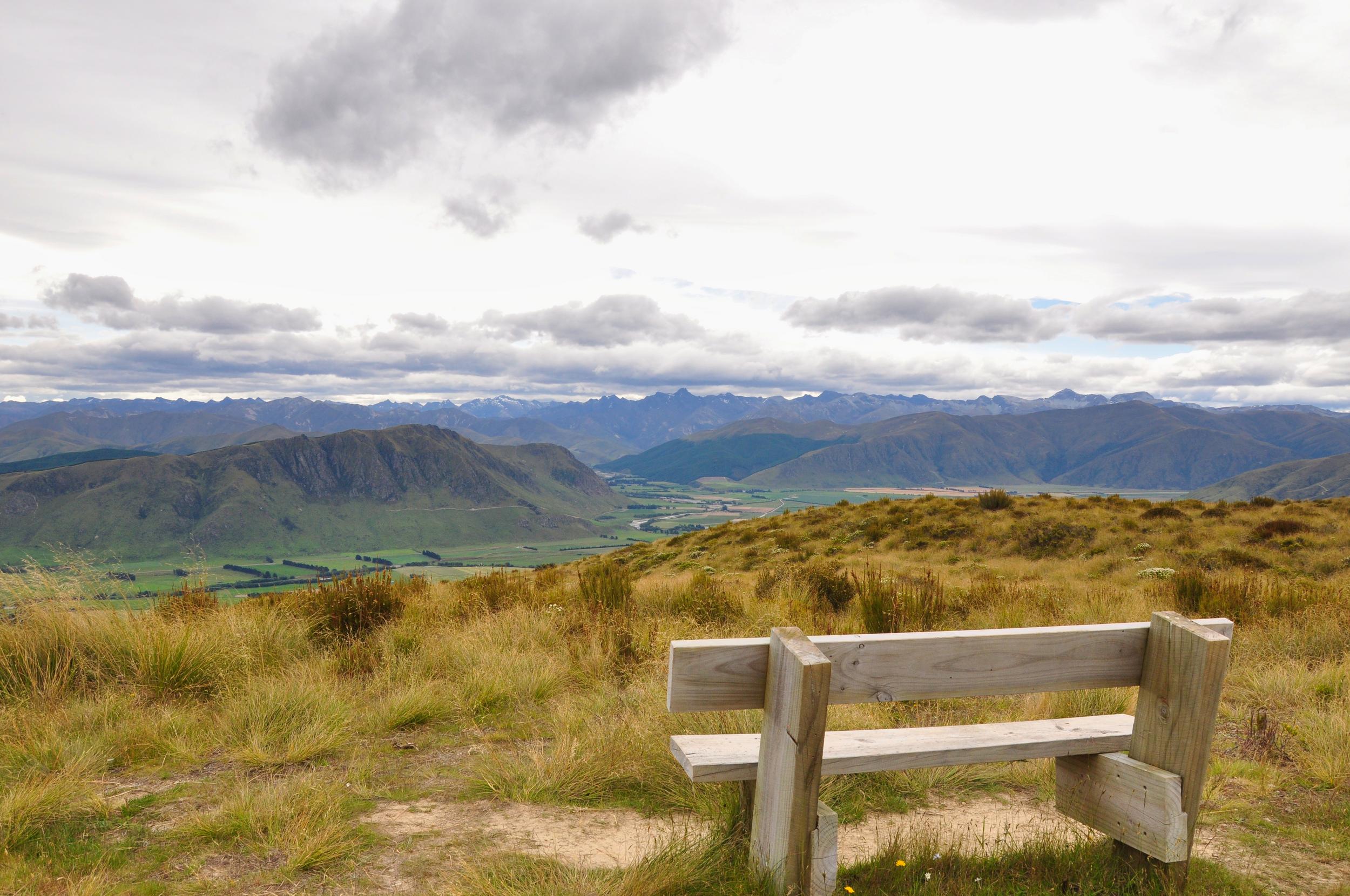
Getting back on the road, we continued south towards our final destination, the area around Welcome Rock. This area was also a mining region that was now used primarily for farming but had more recently set up a network of trails that we were keen to explore.
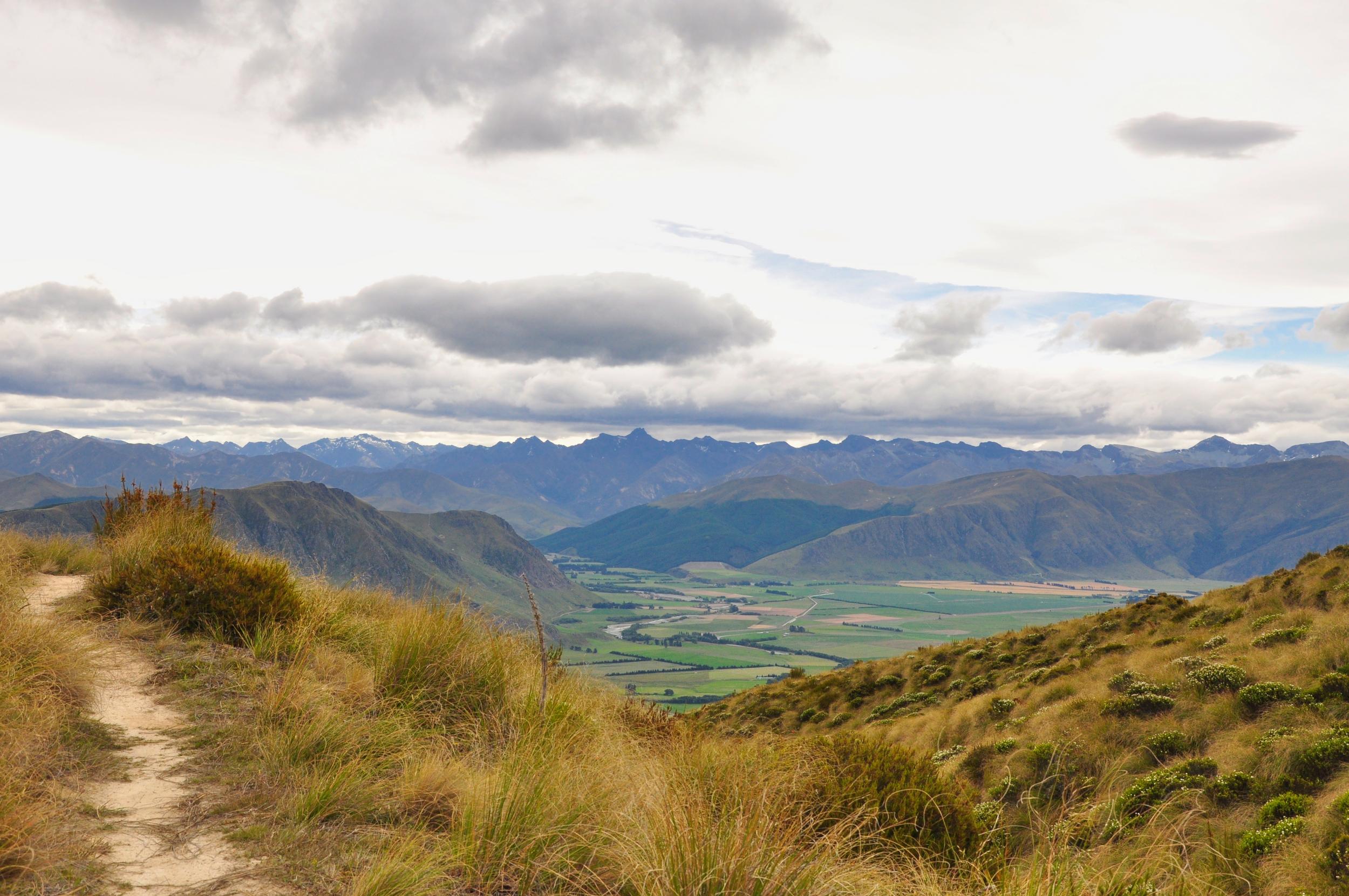
We had a short walk to the hut we were staying in for the night and were quickly able to get settled in. The outside bath was slightly tempting, but with storm clouds rapidly approaching, we decided it would be better to have some dinner and get tucked up in bed.
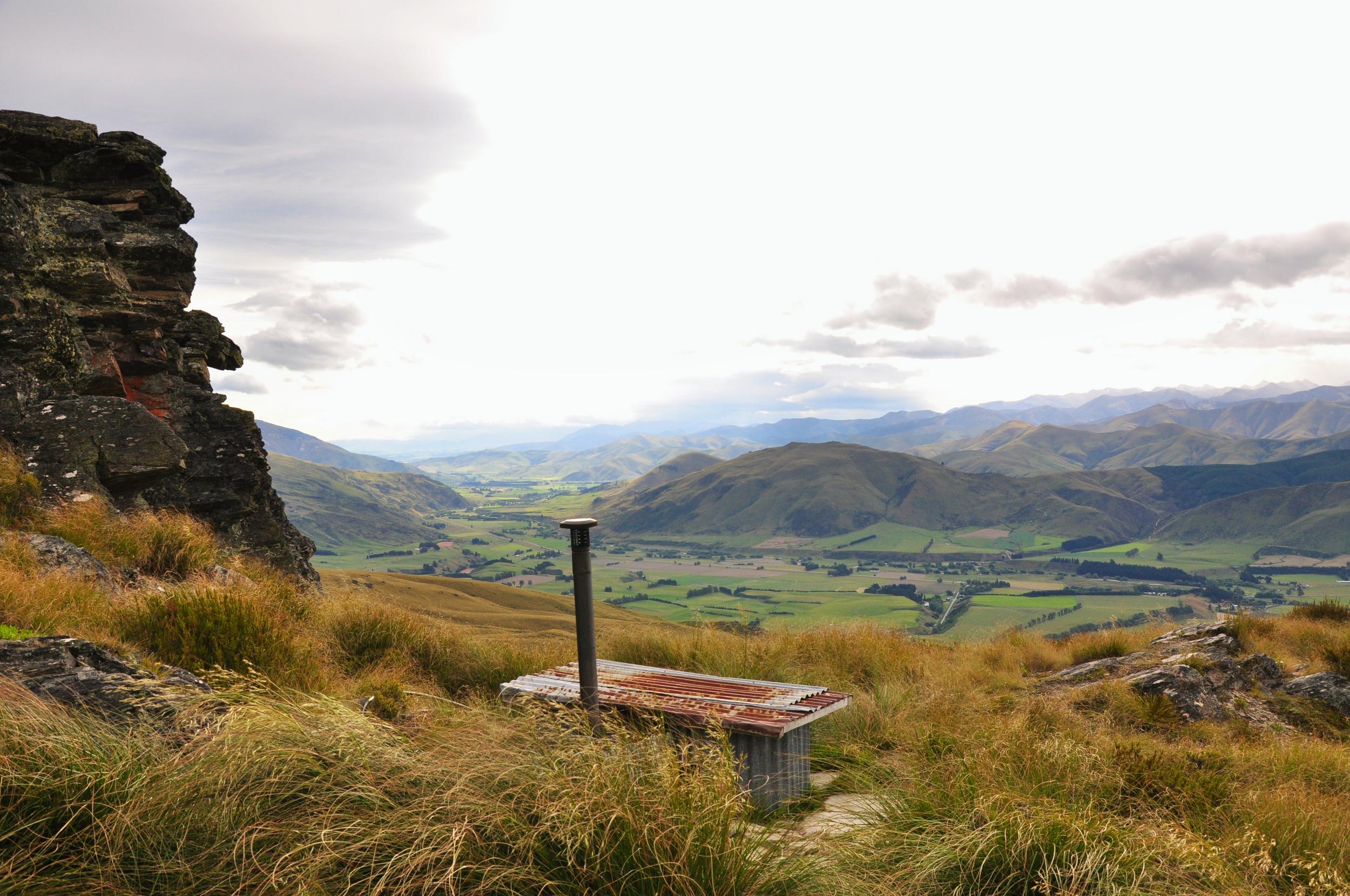
We woke the next morning to more clouds hanging low over the tops of the hills. Occasionally the clouds would lift just enough for us to get a view of the surrounding hilltops.
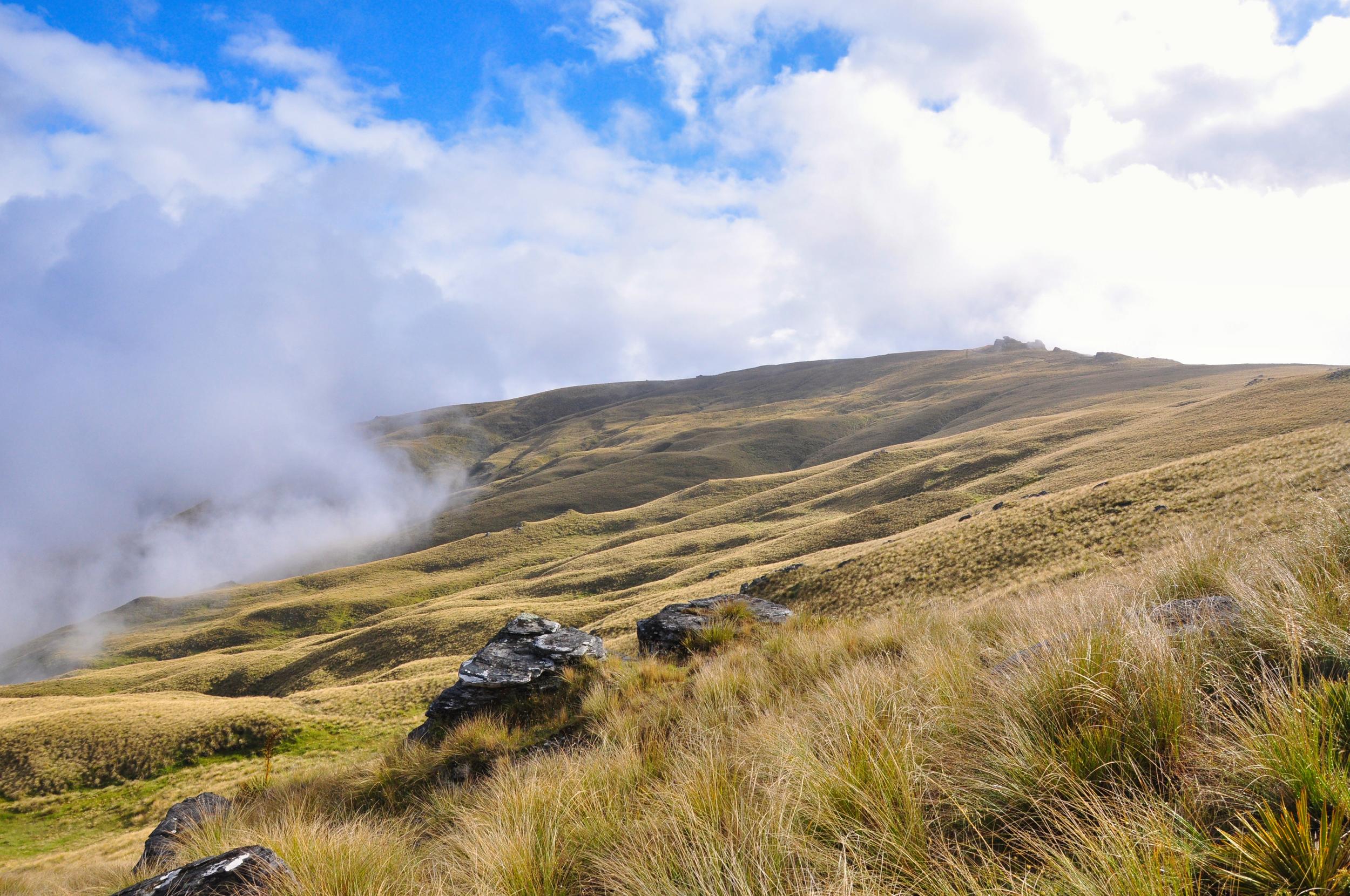
Despite the low cloud, we headed out to explore the some more of the area. The first section of trail took us along the Roaring Lion Water Race, part of the Nokomai Workings which were operated between the mid-1890s and 1943 by pioneering Chinese businessman Choie Sew Hoy and his family.
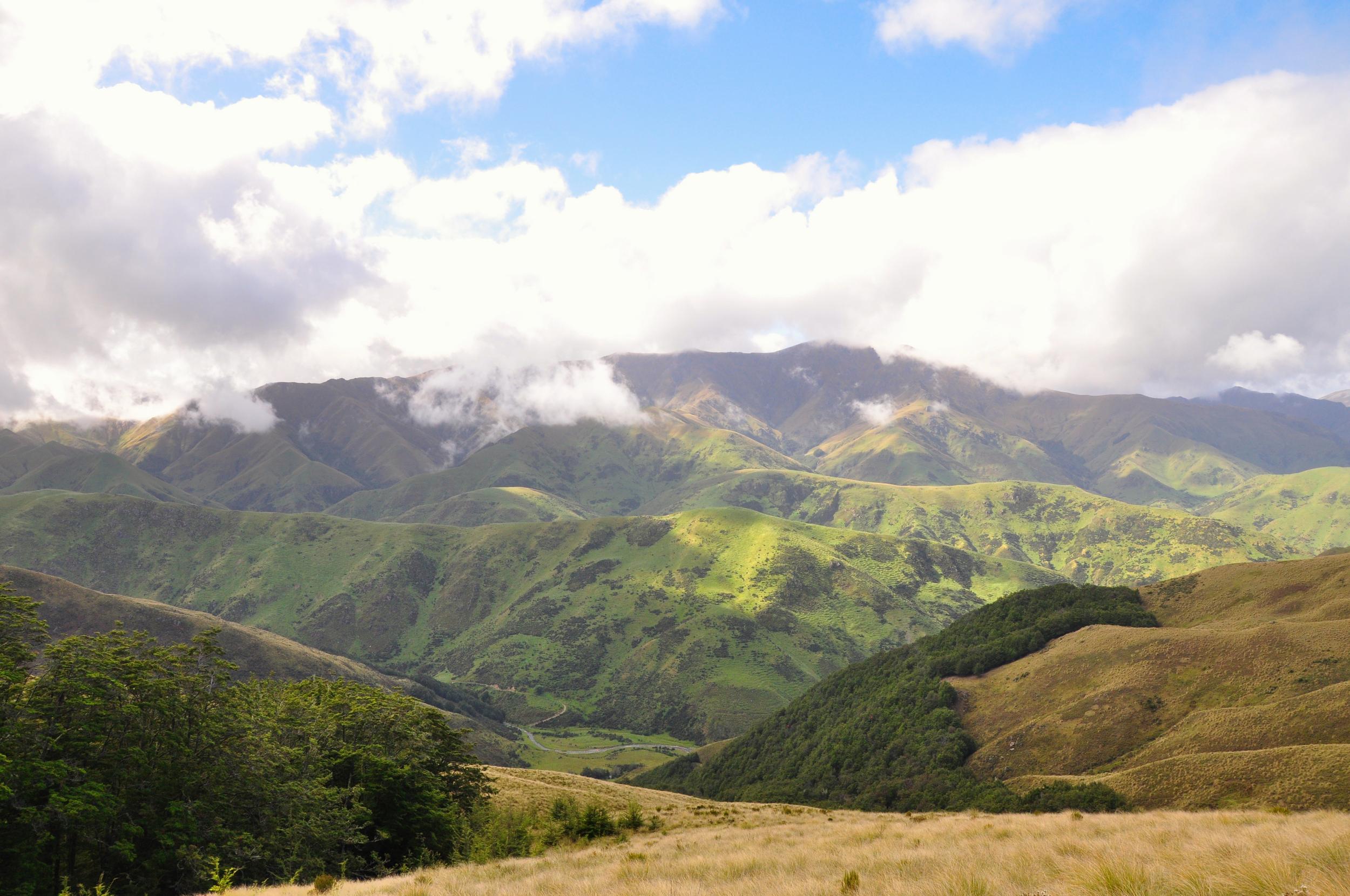
Sew Hoy’s company employed around 40 people and installed and worked a hydraulic sluicing and elevator plant. The Nokomai Hydraulic Sluicing Company worked this valley for almost fifty years, and unusually long time in the fickle mining industry.
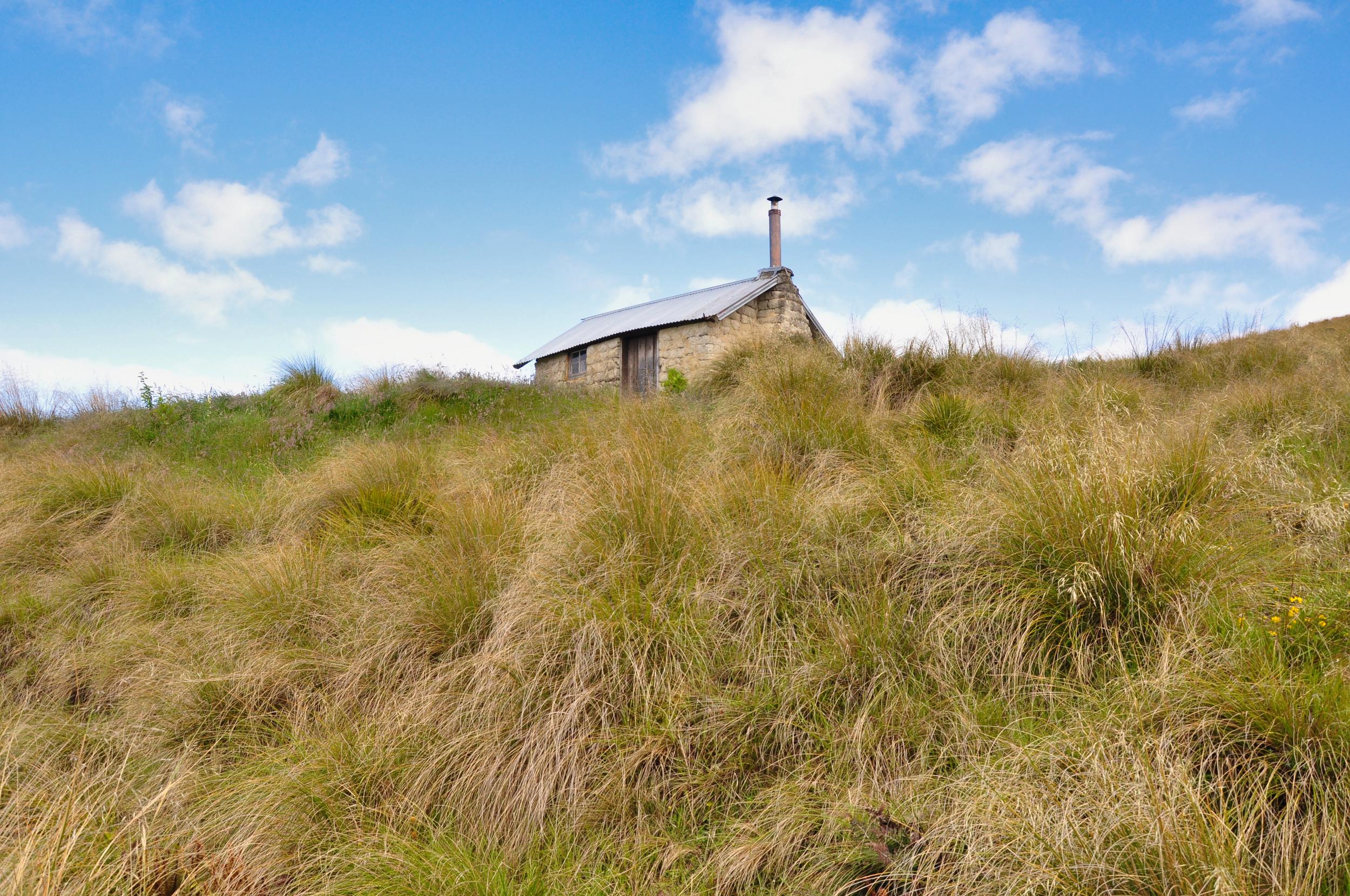
We reached our destination for the day, a restored water raceman’s hut, perched on the edge of the valley overlooking the scenic Nokomai Valley. From here we decided to head back to the hut and collect our things before heading home.
